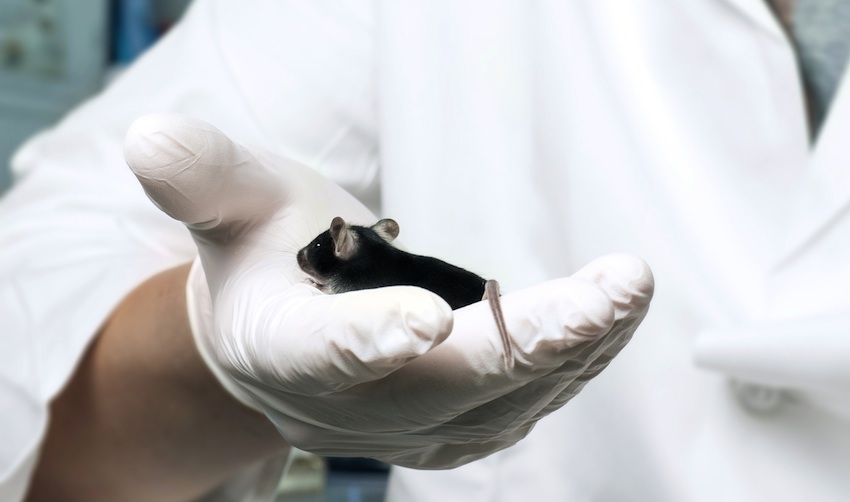MIT Researchers Develop Mouse Models Of Rare Prion Diseases

Scientist Image via Shutterstock.
MIT’s Whitehead Institute researchers have created mouse models for two neurodegenerative prion diseases that cause destruction in the brain.
The study, which appeared in The Proceedings of the National Academy of Sciences of the U.S.A. this month, explained that studying prion diseases, which include diseases like bovine spongiform encephalopathy (Mad Cow disease), can be difficult because scientists have thus far been unable to create animal models that show how the diseases will manifest themselves in humans. Without an animal model, the diseases cannot be adequately studied. But the new animal models of fatal familial insomnia (FFI) and Creutzfeldt-Jakob disease (CJD) created by the Whitehead Institute could change that.
The Whitehead researchers created mouse models of the two diseases, both of which are fatal in humans. The disease pathologies have been accurately replicated in the animals, according to a release from the Whitehead Institute, which will advance the study of the unusual but deadly diseases.
“By altering single amino acid codons in the gene coding for the prion protein, in the natural context of the genome— no over expression or other artificial manipulations— we can produce completely different neurodegenerative diseases, each of which spontaneously generates an infectious prion agent,” Whitehead member Susan Lindquist said in the release. “The work irrefutably establishes the prion hypothesis.”
This means that scientists believed that prion proteins, which cause FFI and CJD, were able to infect cells by passing along their misfolded shapes in a templated fashion. Unlike viruses or bacteria, researchers hypothesized that prion proteins didn’t need RNA or NDA when transmitting the diseases. The misfolded proteins would likely accumulate, creating clumps that killed the surrounding tissues. And because of the Whitehead Institute’s new research, this hypothesis has been proven to be correct.
Walker Jackson, the former lead researcher on the project, created the mouse models of both FFI and CJD, which will teach scientists how prion diseases function and spread. With the FFI and CJD models in hand, Jackson says he’s excited to investigate how the pathology of these diseases develop:
“Now we have two interesting models that are selectively targeting specific parts of the brain: the thalamus in FFI and the hippocampus in CJD,” Jackson, who is now a Group Leader at the German Center for Neurodegenerative Disease, said in the release. “But instead of focusing on areas that are heavily affected by the disease, we’ll be looking at the areas that seem to be resisting the disease to see what they’re doing. The protein is there, but for some reason, it’s not toxic.”


